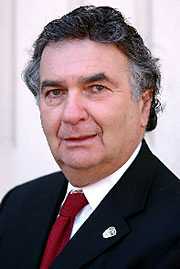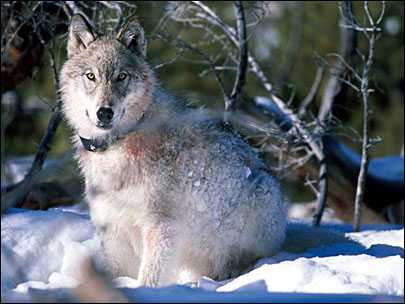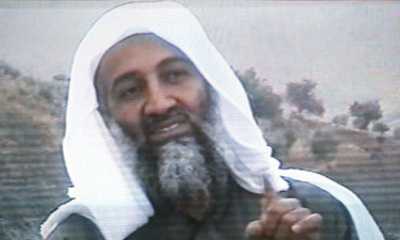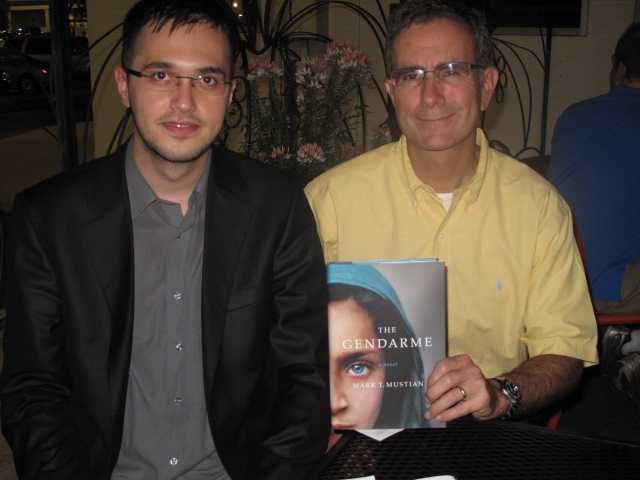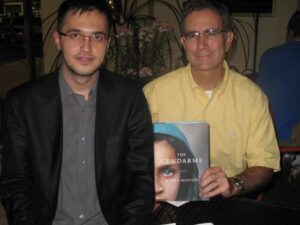By Michelle Washington
The Virginian-Pilot
© May 6, 2011

The unassuming building between the bus station and a social services office in downtown Norfolk has hosted a variety of restaurants, from a pizza joint to a soul-food stop, in the past few years.
Here’s hoping the most recent ethnic fare offering, Istanbul Gyro and Kebab, will stick around.
The menu features standard Middle Eastern food such as gyros and kebabs. Where it stands out is in the care given to preparation.
A friend and I shared lunch in the simple dining room, which offers a few seats at a counter near the grill and a row of booths against a long wall of windows looking out onto Monticello Avenue.
Middle Eastern music played softly from overhead speakers, a continental contrast to the Greyhound sign visible next door. A giant rotisserie turned a cylinder of gyro meat, as the cook shaved slices from it with a 2-foot-long knife.
A zesty eggplant salad ($3.95) started the meal, and we forgot all about the bus station, work and our troubles and cares. Finely chopped eggplant, tomatoes, peppers, carrots and onions – seasoned with herbs and mixed with olive oil and lemon juice – was served with warm grilled pita bread.
The eggplant salad was lighter and more flavorful than baba ghanouj, with a hint of smoke from the eggplant and a nice bright kiss of lemon.
Creamy hummus and slightly minty dolmas from the mixed appetizer plate ($6.95) were delectable. Although the menu described a garnish of tomatoes and black olives with that sampler, ours came with cucumber wedges and just half of a plain canned black olive.
Another appetizer, the spinach and feta cheese pie ($2.95), was less impressive. Tasty spinach and cheese hid between layers of nicely browned phyllo that we both thought would be flaky and crisp. It wasn’t.
Lovely lunch salads brought crunchy romaine lettuce lightly dressed with a house blend of olive oil and lemon juice. My salad carried tender chunks of nicely seasoned grilled lamb so good I almost wished I’d thrown health and diet out for the day and said “forget the salad, just bring me a giant tray of meat.” My friend said the chicken on his salad was tender and juicy.
A later, takeout dinner was prepared exactly as ordered and ready to go when promised. A tangy, refreshing yogurt soup ($2.95) flavored with dill and with a hit of cucumber crunch tasted fantastic on a hot day. My husband wolfed down his mixed kebab platter ($11.95) with lamb gyro meat, chicken and lamb grilled kebab and kofte, a seasoned, charbroiled meatball. I scarcely got a bite. It was served with rice and a salad and a small cup of tzatziki sauce.
Both desserts on the menu tasted pretty darn good: sweet and cinnamony rice pudding ($1.95) and baklava ($2.95) that thankfully for me was not nearly as cloying as some versions I’ve tasted. Instead of a sugary syrup, this variation used a molasses-tinged topping with nuts between layers of phyllo.
Manager Erkan Karasow said his recipes come straight from Turkey, his homeland.
“It’s where I learn everything,” he said.
He sometimes offers specials for Turkish recipes whose names he can’t even translate into English, he said, although the specials board this week offered stuffed peppers, grilled salmon salad, and “real” Turkish Delight.
He also tries to offer at least one meal prepared in a Halal manner each day, he said, because customers request it.
Michelle Washington, (757) 446-2546, [email protected]
via Be transported to Turkey at Istanbul Gyro and Kebab | HamptonRoads.com | PilotOnline.com.

